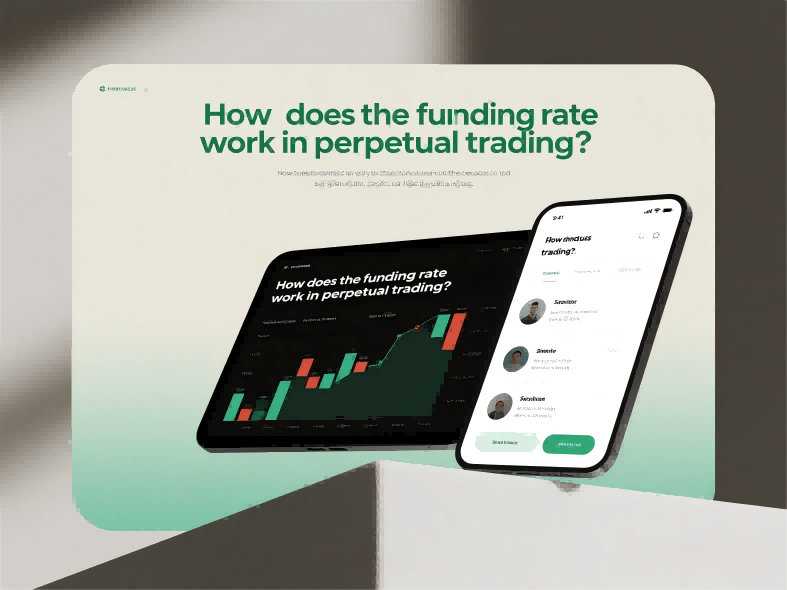Ever wondered how crypto perpetual contracts—those trades with no expiration date—manage to stay pegged to the spot price without going completely off the rails? The answer lies in a nifty little mechanism called the funding rate. It’s like the invisible hand gently nudging traders back in line, ensuring the market doesn’t spiral into chaos.

In simple terms, the funding rate is a periodic payment exchanged between long and short traders in perpetual swaps. It’s designed to balance the market by incentivizing traders to align perpetual contract prices with the underlying spot price. Think of it as a tug-of-war: if too many traders are betting on one side, the funding rate kicks in to encourage some to switch teams.
Let’s say you’re trading Bitcoin perpetual contracts, and the market’s flooded with bullish sentiment—everyone’s going long, pushing the contract price above the spot price. To bring things back to equilibrium, the funding rate turns positive, meaning long positions pay short positions a small fee (usually every 8 hours).
This keeps traders from getting too greedy on one side, preventing wild price dislocations.
Funding rates aren’t just some behind-the-scenes math—they directly impact your profits. If you’re holding a long position during a high funding rate period, those small fees can add up over time, eating into your gains. On the flip side, if you’re shorting in a bearish market with a negative rate, you might actually get paid just for holding your position.
During the 2021 crypto frenzy, funding rates on major exchanges like Binance and Bybit skyrocketed as traders piled into long positions. At one point, longs were paying upwards of 0.1% every 8 hours—that’s 0.3% daily! If you were holding a $10,000 position, you’d be shelling out $30 a day just to stay in the trade. Savvy traders used this as a signal: extreme funding rates often precede market reversals.
Traditional futures contracts have expiry dates, so their prices naturally converge with the spot price as maturity approaches. Perpetual contracts, however, never expire—so without funding rates, they could drift indefinitely. This makes funding rates the glue holding perpetual trading together, ensuring fairness and stability.
Experienced traders monitor funding rates to gauge market sentiment:
It’s like a built-in sentiment indicator, free for anyone who knows how to read it.
Funding rates are a brilliant solution to a complex problem, keeping perpetual markets efficient and aligned with reality. Whether you’re a day trader or a long-term holder, understanding this mechanism can help you avoid unnecessary costs and even spot potential market turns.
So next time you open a perpetual position, ask yourself: Am I on the right side of the funding rate? Because in crypto, the smart money doesn’t just follow trends—it follows the math.
Spot trading is straightforward: you buy an asset like Bitcoin, Tesla stock, or gold, and you profit if the price goes up
Read MoreTrading has always carried an air of possibility. The idea of turning a well-timed decision into a life-changing profit a
Read MoreStart your CFD trading
Your All in One Trading APP PFD